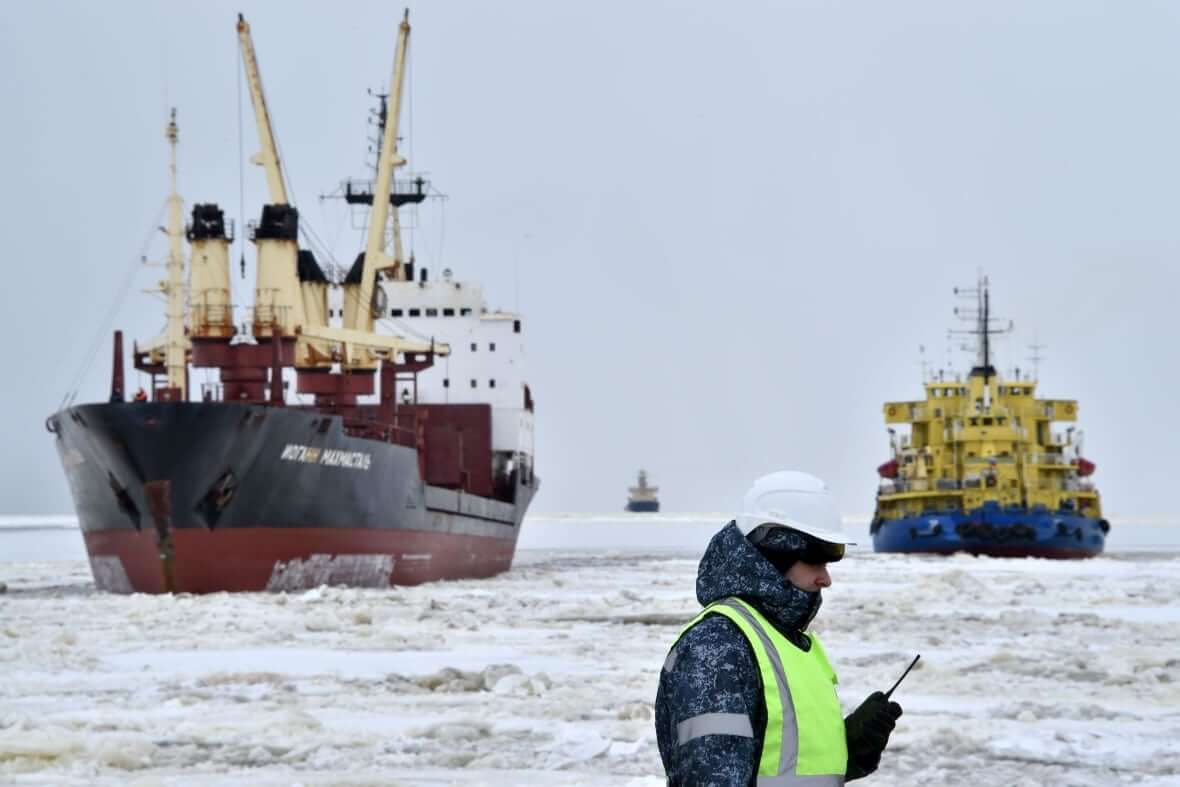$1.9B a year to address natural disasters in Canada among 4 takeaways from federal climate report

With British Columbia recording its hottest temperatures on record, the federal government released its latest major report on climate change, probing how a warming planet will impact everything from infrastructure to tourism and geopolitics.
The costs of natural disasters from extreme weather are rising rapidly, averaging $1.9 billion annually, up about $400 million from a decade ago, a senior official with Natural Resources Canada told journalists on Monday.
“There is abundant research indicating that current efforts to adapt are insufficient in the face of rapidly accumulating social and economic losses from current and future climate change impacts,” according to the report, Canada in a Changing Climate: National Issues.
“Research also demonstrates that the window for taking action to reduce increasingly severe impacts is rapidly closing.”
Covering legal risks, shipping routes, farming, migration and more, here are four key takeaways from the 734-page report released on Monday afternoon.
Infrastructure threats
From bridges to sewage systems, Canada’s infrastructure is already stressed and aging.
“Much of Canada’s core public infrastructure is operating beyond its expected lifecycle and needs replacement or retrofitting,” the report said.
Climate change adds a “frightening” dimension to aging infrastructure, Fiona Warren, a senior official with Natural Resources Canada, told reporters on Monday.
Cracking pavement, a reduced lifespan for asphalt, buckling rails impacting freight transport and the increased deterioration of buildings are just some of the threats.
Remote, rural communities are expected to be the most affected by infrastructure gaps caused by global warming, Warren said. “Those who are struggling will be hit the hardest.”
Spending $1 on improving and adapting infrastructure for climate change now can lead to between $5 and $6 in benefits later, she said. “Adaptation is occurring and increasing, but it is not keeping pace.”
Rising legal risks for government, companies
Angry about what they consider government inaction on climate issues, campaigners are increasingly turning to the courts to try to compel change.
“Climate change litigation is increasing against governments and their agencies in Canada,” the report said.
Spurred on by successful legal challenges against climate policies in the Netherlands and Pakistan, Canadian plaintiffs have launched four separate lawsuits against governments as of Sept. 30, 2020.

Prior to 2018, there were only two Canadian cases in which courts were asked to review alleged climate inaction from the federal government, the report noted.
Following court cases in the United States, campaigners are also likely to target corporations over their climate policies, it added.
Ninety major companies produced nearly 70 per cent of the world’s climate-changing carbon dioxide emissions between 1751 and 2017, according to academic data cited in the government’s report, meaning energy and resource firms are particularly vulnerable to climate-related lawsuits.
“All public companies are required to demonstrate how they are managing material risk,” Paul Kovacs — executive director of the Institute for Catastrophic Loss Reduction at Western University in London, Ont., and one of the report’s many authors — told reporters on Monday.
How companies disclose those climate risks is likely to become a key flashpoint for lawsuits targeting corporate officials in the future, the report said.
“Canadian securities regulators have a wide variety of powers to prosecute companies, their directors and responsible officers for disclosure offences,” it said.
“Litigation, even if unsuccessful against a company, may be extremely costly to the company and its insurers, may have significant reputational implications and could potentially impact the company’s access to capital.”
Geopolitics: Arctic shipping changes, migration pressures
Climate change is having an impact on shipping in the Arctic, the report said, along with changing geopolitics around military readiness, migration and aid.
“With the rapid retreat of sea ice in the Arctic Ocean and increased physical access to the region and its resources, the Arctic is now on the world stage,” the report said.

The extent of summer sea ice in the Canadian Arctic has been declining between five and 20 per cent in the last decade, the report said, including in areas spanning the Northwest Passage.
The shipping distance between New York and Shanghai through the Northwest Passage is about 20 per cent shorter than through the Panama Canal, a popular current route for the container traffic underpinning global commerce, according to the report.
While new shipping routes are set to open, it remains unclear how these spaces will be governed and regulated. “Canada’s transboundary marine and freshwater agreements were not created with climate change in mind,” the report said.
The integrity of military bases and equipment could also be at risk from climate change.
While the U.S. has identified its military assets and operations most vulnerable to climate change as a basis for setting priorities, Canada has not, the report said.
Increased natural disasters and crop failures in the world’s poorest countries are also likely to trigger increased migration flows and more demands for aid, it said, noting that recent studies project a 50 per cent increase in displacement risks with each additional degree in Celsius of warming.
A silver lining in tourism, agriculture?
Agriculture in parts of the Prairies could get a boost from climate change due to a longer growing season, officials said, adding that tourism in the Far North and other regions could benefit from warmer temperatures.
They stressed, however, that the drawbacks far outweigh the benefits.
It’s unclear exactly how much new land could be opened to farming as temperatures warm or how much climate change could improve yields in some northerly areas, officials said, especially as flooding, heat waves and pestilence are expected to get worse.
Even these silver linings could prove to be a “double-edged sword,” said Catherine Lafleur of Natural Resources Canada.
“Last-chance tourism” — such as Canadians travelling to see icebergs or polar bears in the Far North “while those are still available” — could increase, she said.
But winter tourism such as skiing “could take a big hit,” Lafleur said, noting that some ski resort operators are starting to leverage their facilities for summer activities in the face of warming winters.
“Planning ahead is key in terms of realizing potential benefits,” she said.








Redes Sociais - Comentários